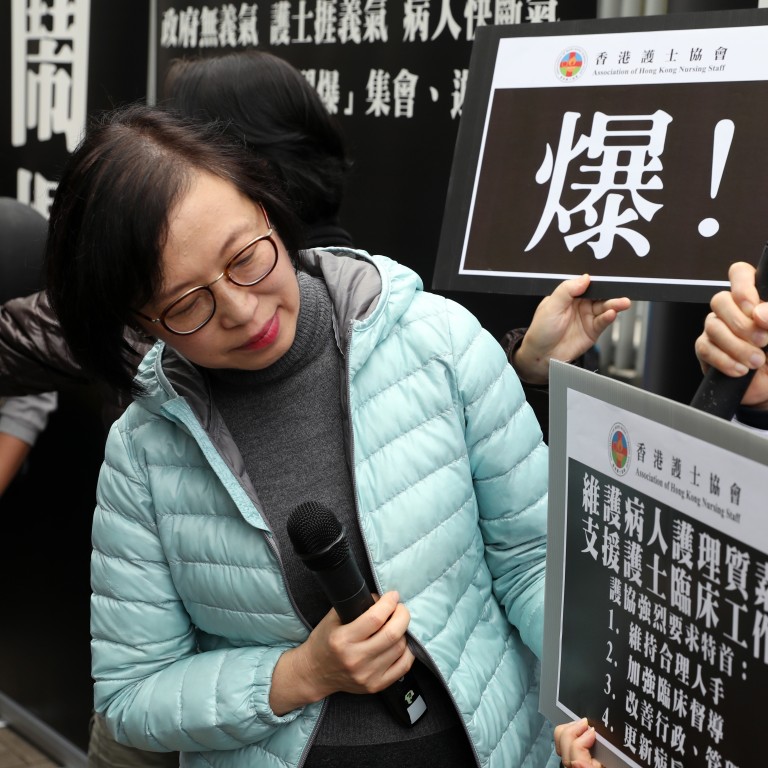
Letters | Why sending Hong Kong flu patients to rehab units is no solution for overcrowding
- Hong Kong’s health care sector has long had a shortage of space and of workers, and they will be under unacceptable pressure until this is addressed
Almost all of our public hospitals are currently overcrowded and the overall paediatric inpatient bed occupancy rate was 83 per cent as of midnight last Saturday, with Tseung Kwan O Hospital even recording a 97 per cent occupancy rate. This goes to show the lack of capacity in the public hospitals and the resultant pressure on staff, who are actually protesting being overworked.
Therefore, the chairman of the Hospital Authority suggested putting patients into rehabilitation wards and centres. I believe this method would be ineffective. Why would the family members of a patient wish to travel so far to see a doctor? What of the existing patients in the rehab units? Would they not be inconvenienced? Moreover, this may cause cross-infection between patients, and lead to more people getting sick in the rehab wards.
The government needs to face the real problem to rectify it, and this can only be done by increasing the number of medical professionals and building more hospitals. It’s clear that it is a shortage of manpower and space that is the biggest problem. If there are more public hospitals within the same district, patients can be diverted to them. This will relieve pressure on frontline staff and ensure more intensive care. A doctor or nurse has a life-or-death responsibility. If they are under such great pressure, more medical blunders may happen and no one wants that. These are the issues the Hospital Authority should tackle.
Peco Mak, Tseung Kwan O

Health care sector too important for staff to face bullying
One cannot overstate the importance of hospitals: our lives depend on them. But chronic overwork and patient overload is stretching doctors and nurses, with nerves and tempers fraying and mistakes only too easy to make.
During school, our teachers always tell us how working in the medical sector can help us earn more money. But we also need to talk about how noble the profession is; how medical staff can and do save lives. To have such people face bullying in the workplace is unacceptable. The Hospital Authority should protect its staff, as such tensions will hardly help a sector already struggling under a labour shortage. It would be a shame if medical workers, on whom our lives depend, have to suffer low morale in the workplace.
Tiffany Lau, Sai Kung

